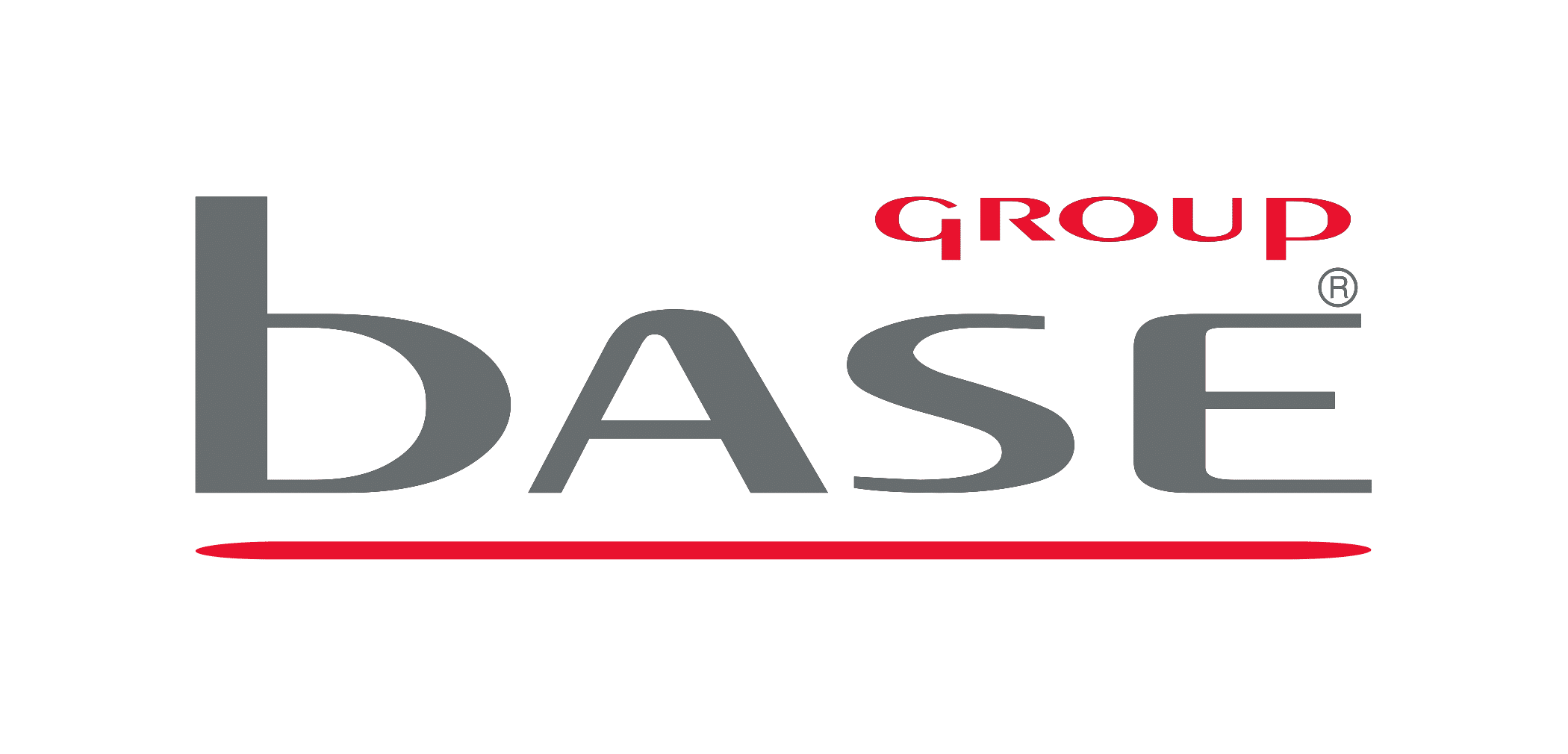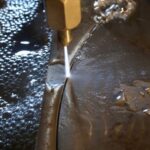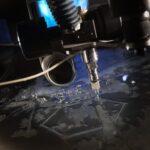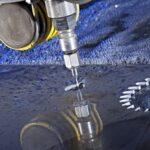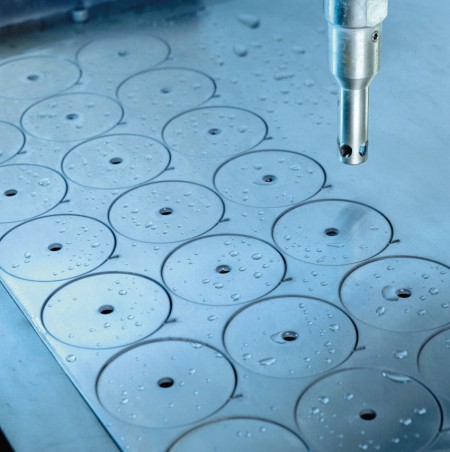
Waterjet cutting
Waterjet cutting makes use of the energy of the water jet of a very high pressure (up to 4000bar) and very high speed (up to 1000m/s, that is 3 times the speed of sound).
Pure water can quickly cut soft materials, but for hard materials, to increase the cutting efficiency, water is additionally mixed with very fine abrasive material, called garnet. This cutting is called the abrasive cutting. Still commonly called a waterjet cutting, but really it is garnet which cuts through the hardest materials, and the water is only the carrier.
The main advantage of high pressure waterjet cutting is very low processing temperature of the material and the high accuracy of the cut. Unlike laser or plasma cutting edge burrs do not arise that need to be further processed, and the material is not altered by heat, pressure, mechanical or chemical interactions.
In contrast to laser cutting, gas or plasma, which environmentally harmful fumes are formed during the cutting, and may form hazardous waste, waterjet cutting is a ecologically clean process. Also because there is no need for any oil or water emulsion for cutting.
This method has virtually no limits when it comes to the type of material being cut, ranging from food, by gum, wood, glass, ceramics, steel to titanium and other difficult to machine materials ending.
Waterjet cutting – glass:
Waterjet cutting – steel
